
Most cat experts recommend premium brands of cat food that avoid ingredients like meat byproducts and chicken meal. However, feral cats eat a whole rodent or whole bird. Sometimes they leave things like feathers or the head behind, but otherwise, the cat is consuming the whole body of an animal. It seems like the cheaper brands, as long as they don't contain excessive carbohydrate fillers, would be closer to a natural diet than the premium brands. Why isn't this the case?
Meat byproducts can include clean and nutrient-rich organ meats such as lungs, spleen, liver, kidneys, stomach, and intestines that are cleaned of their contents. They are not allowed to contain hide, hooves, horn, or teeth. Meat meal is further cooked (rendered) to kill any bacterial contaminants and then dried.
While it's true that cats in the wild eat the whole bodies of their catch (including the heads in some cases), the term "meat byproducts" has become a dirty word to many cat experts, because of its misuse by some members of the cat food industry. As a result, experts have traditionally counseled readers to avoid all byproducts for this reason.
The founders of the Feline Future website analyzed the ingredients and nutritional properties of foods cats eat in the wild over a period of a decade or more, and the result was their "recipe" for the Feline Future raw food diet for cats—one which has set the standards for raw feeding to this day. Actually, they do use a larger proportion of meat to internal organs. In addition, chicken hearts and livers (which are excellent sources of taurine) are added in limited quantities, because of the dangers of "overdosing" with vitamin A.
In a nutshell, a named byproduct (such as "chicken byproduct meal") may possibly be acceptable, but it should not be listed as the first ingredient in cat food. Unfortunately, there is no way to know the exact proportion, by weight, of any individual ingredient. Although the label may list protein as 30 percent of the product's weight, that protein will include meat, byproducts, eggs, certain grains, and other forms of protein in the can or bag of cat food. As a result, it's better to see the named byproducts relatively far down on the label.
Many cheaper brands of dry cat food contain large amounts of carbohydrate fillers. This is usually in the form of corn, which may be difficult for cats to digest, and some cats have food allergies to corn.
However, many premium brands of dry food also contain large amounts of carbohydrate fillers. In the manufacturing process of extrusion (which is a heat-based process), it is necessary to have these dry ingredients in order to shape the dry food nuggets effectively. Some brands of dry food do not use grain fillers, although some of these foods are not carbohydrate-free.
The most important part of the label on any pet food is the nutritional adequacy statement. Look for the statement that it is "complete and balanced," which means that it has all of the nutrients your cat needs and they are present in the correct ratios. If you see "complete and balanced," the product will not have an excess of carbohydrates.

Is Neosporin Safe for Cats?
A brief summary of concerns a cat owner should be aware of before putting Neosporin on their cat, plus tips for things they can use at home instead.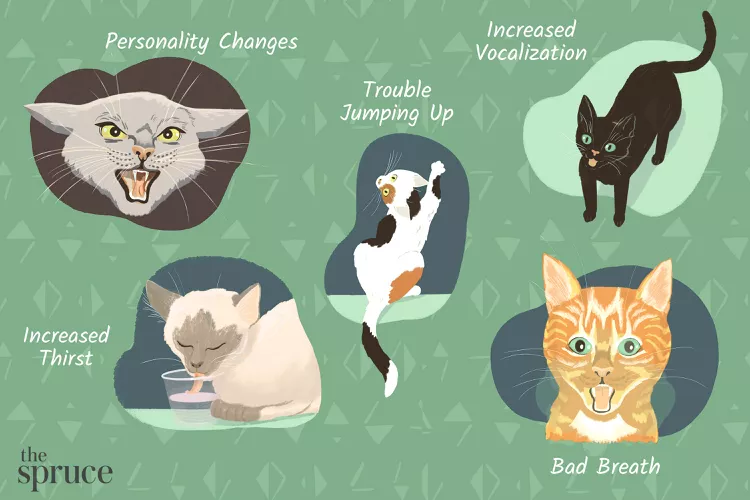
18 Warning Signs That Your Cat Is Crying for Help
How can you tell if your cat is sick? Learn about the warning signs indicating your cat is crying for help and find out what to do about them.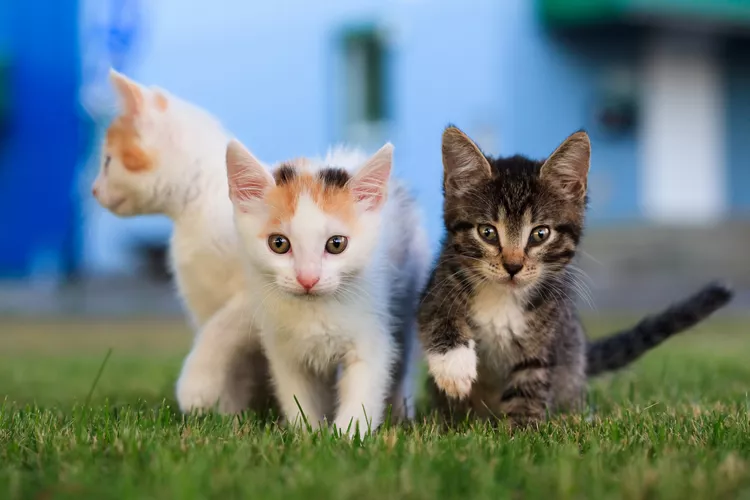
Chlamydia in Cats
Chlamydia in cats is a bacterial infection primarily affecting the eyes, which can cause conjunctivitis. Learn the causes, treatment, and prevention.
Why Does My Kitten Bite Me? How to Stop Biting and Scratching in Kittens
Why does your kitten bite you? Play aggression is often the cause, but there may be other reasons for the scratching and biting. Here’s what to do if your cat bites and scratches you, including how to stop it.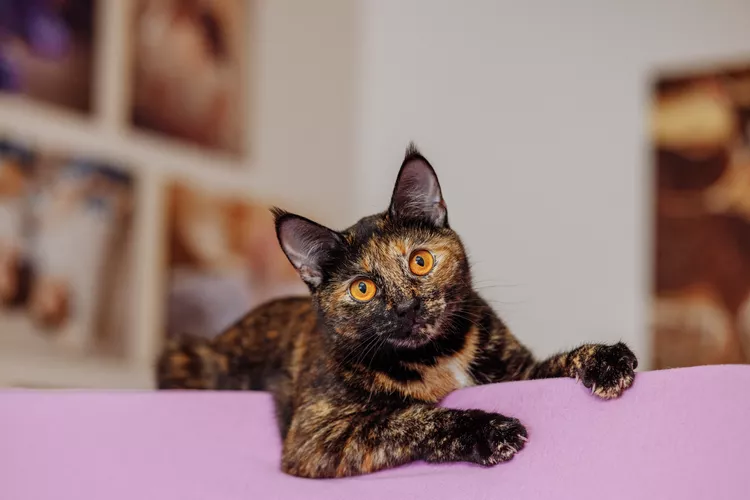
200 Tortoiseshell Cat Names for Your Bi-Colored Kitty
Tortoiseshell cats are a rare phenomenon and deserve a fitting name. We've pulled together 200 tortoiseshell cat names, including male names, female names, cute names, and names inspired by their coat color and pattern.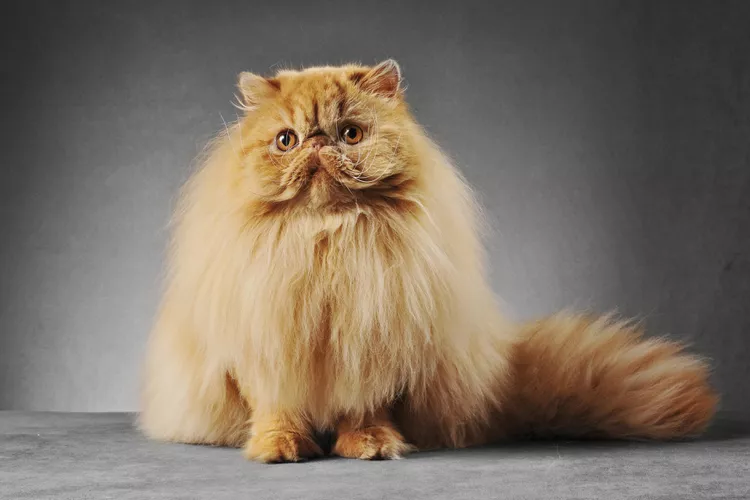
12 Fluffy Cat Breeds Perfect for Endless Cuddles
If you like long-haired cats and don't mind daily (or almost daily) brushing, you’ll love these fluffy cat breeds.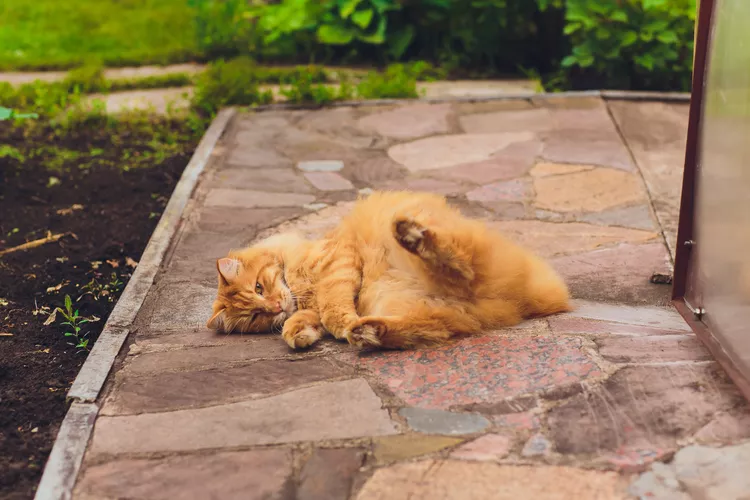
10 Unique Bobtail Cat Breeds
Bobtail cat breeds, including the Manx and Cymric, result from natural genetic mutations. Learn whether one of these cats is right for you.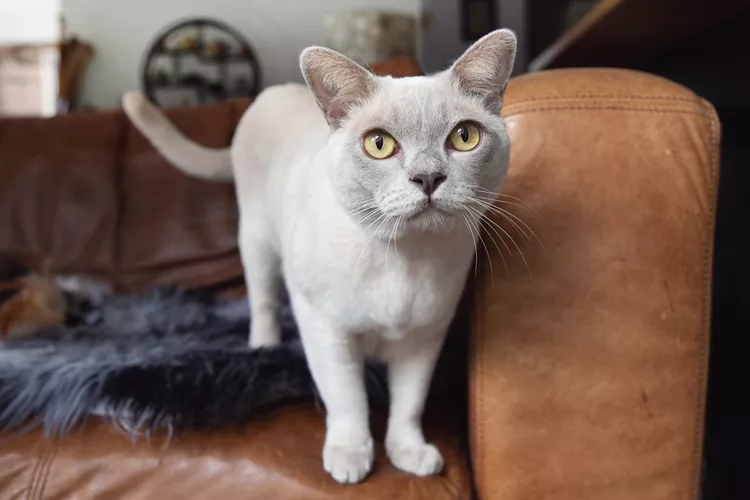
Burmese: Cat Breed Profile, Characteristics & Care
Known for their loving personality and muscular body, the Burmese loves to cuddle after a bout of kittenish playing. Learn about the Burmese breed.
Turkish Angora: Cat Breed Profile, Characteristics & Care
The elegant and silky Turkish Angora cat is a playful, affectionate, and sometimes mischievous pet. Learn about the Turkish Angora breed.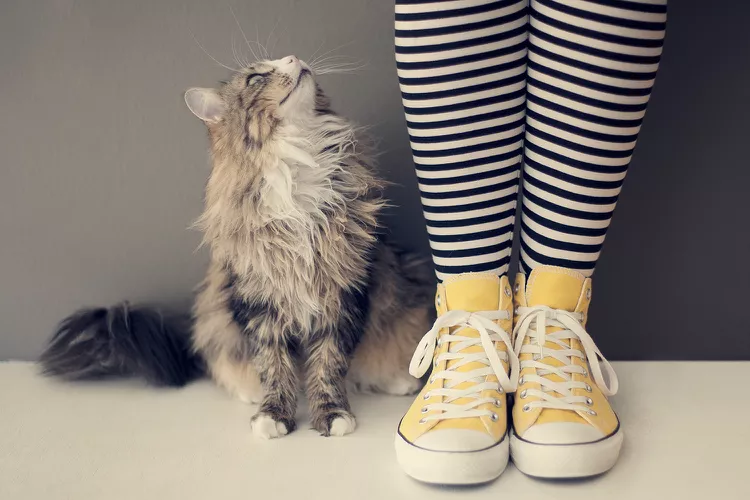
Why Does My Cat Follow Me Around Everywhere?
Cats can follow their owners around for a few different reasons. Find out what your cat is trying to tell you if they follow you around.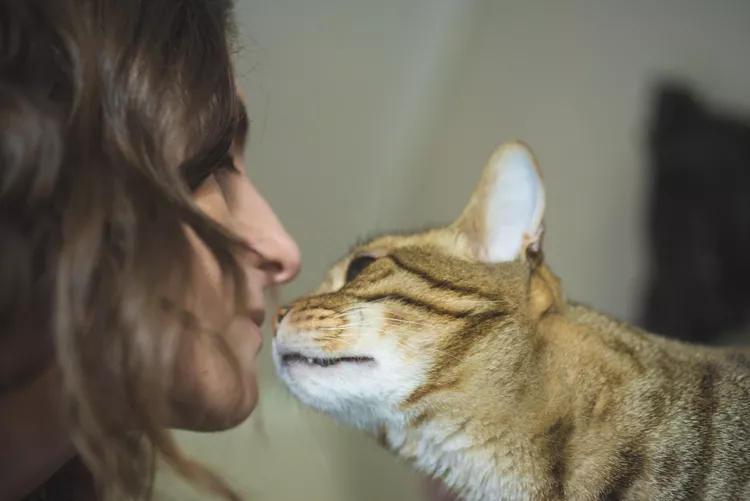
Why Does My Cat Bite My Chin?
If your cat is biting your chin, this might be a sign of affection, but it can also be caused by boredom or stress. Learn how to curb the behavior.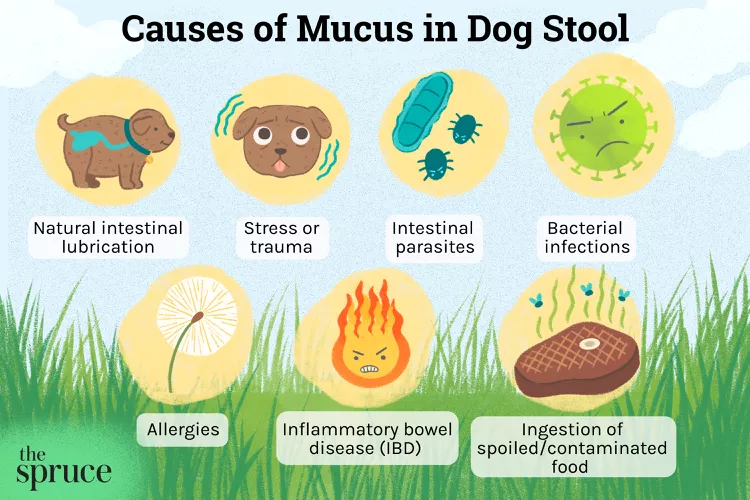
Common Causes of Mucus in Dog Poop
Seeing mucus in your dog's poop can be concerning to a dog owner. Here are common causes and treatment of mucus in a dog's stool.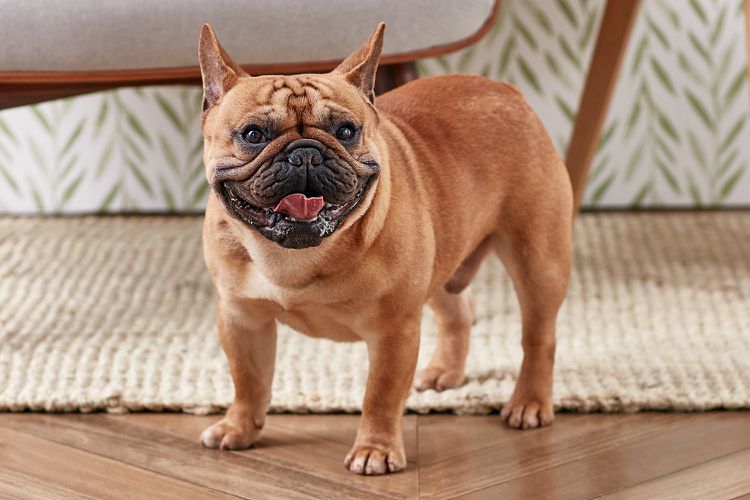
Why Do Dogs Pant?
Dogs pant for a number of reasons, including cooling, excitement, and play. But sometimes panting is a sign of a physical problem. Learn why dogs pant and what to do about it. Here’s how to tell if your dog’s panting is normal or a sign of a problem.
Intervertebral Disc Disease (IVDD) in Dogs
Intervertebral disc disease (IVDD), or a herniated disc, is a serious condition of the spinal cord. Learn the causes, treatment, and prevention.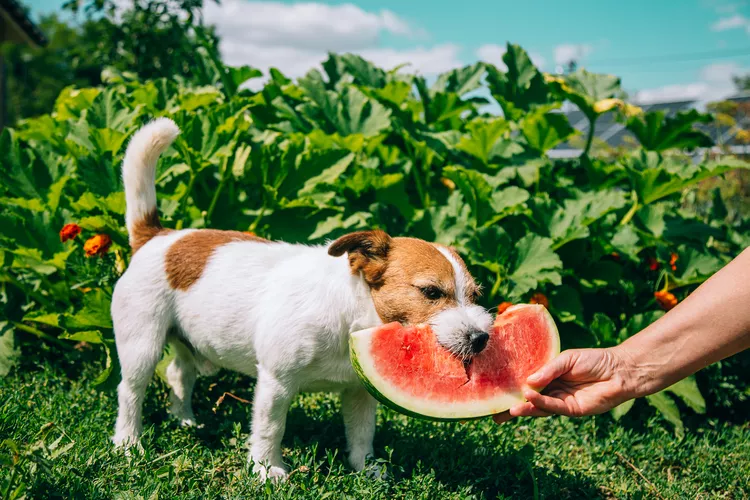
Can Dogs Eat Watermelon?
Can dogs eat watermelon? Yes! But its important to keep certain precautions in mind. Learn the benefits, risks, and how to safely feed your dog this fruit.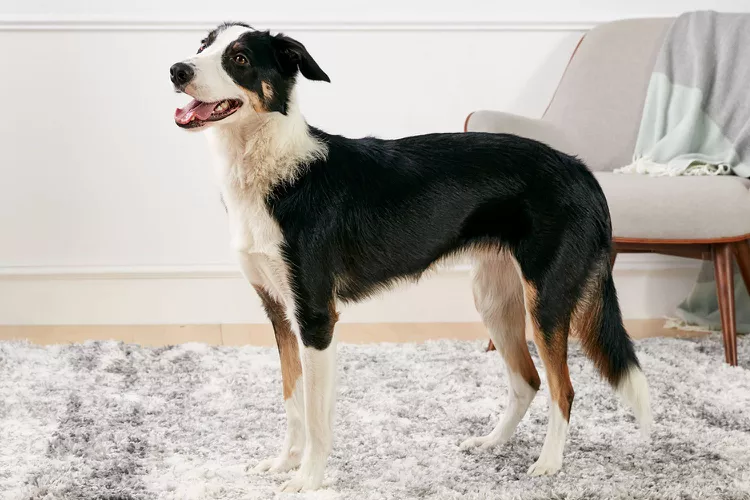
Border Collie: Dog Breed Characteristics & Care
Learn about the border collie, a popular herding breed. They're a smart and energetic dog that's also a great companion to the right pet parent.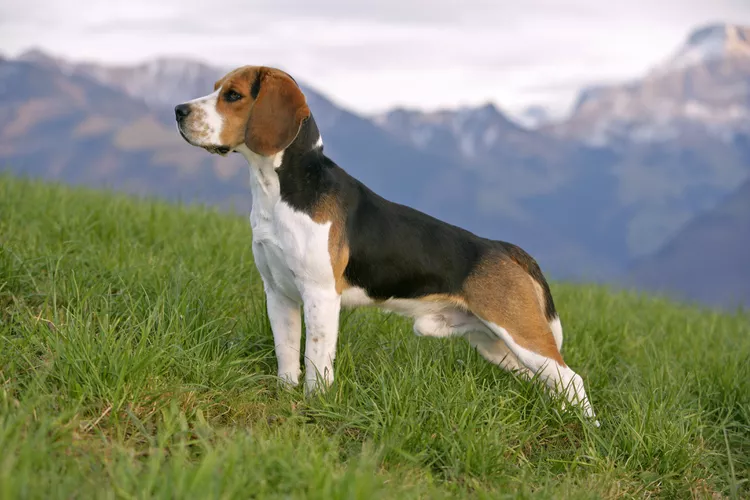
Beagle: Dog Breed Characteristics & Care
Learn about the beagle, one of the most popular dog breeds in the world. They are known for being a cheerful, comical, loud, and energetic family dog.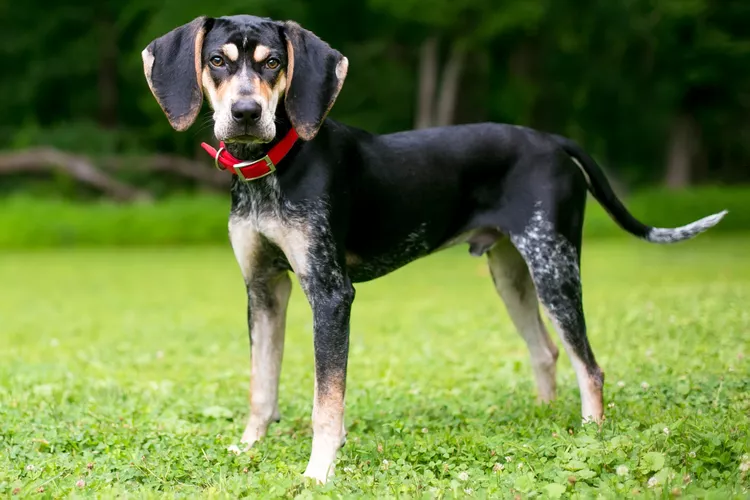
Bluetick Coonhound: Dog Breed Characteristics & Care
Bluetick Coonhounds are a medium-size hound that are gentle and affectionate. They are commonly used as a raccoon hunting dog.
Tibetan Terrier: Dog Breed Characteristics & Care
The Tibetan terrier is a happy-go-lucky dog with a shaggy coat. Learn more about the history, care tips, and other helpful information about the breed.
Lagotto Romagnolo: Dog Breed Characteristics & Care
The Lagotto Romagnolo is an intelligent working breed from Northern Italy and can be an adaptable and laid back companion breed.